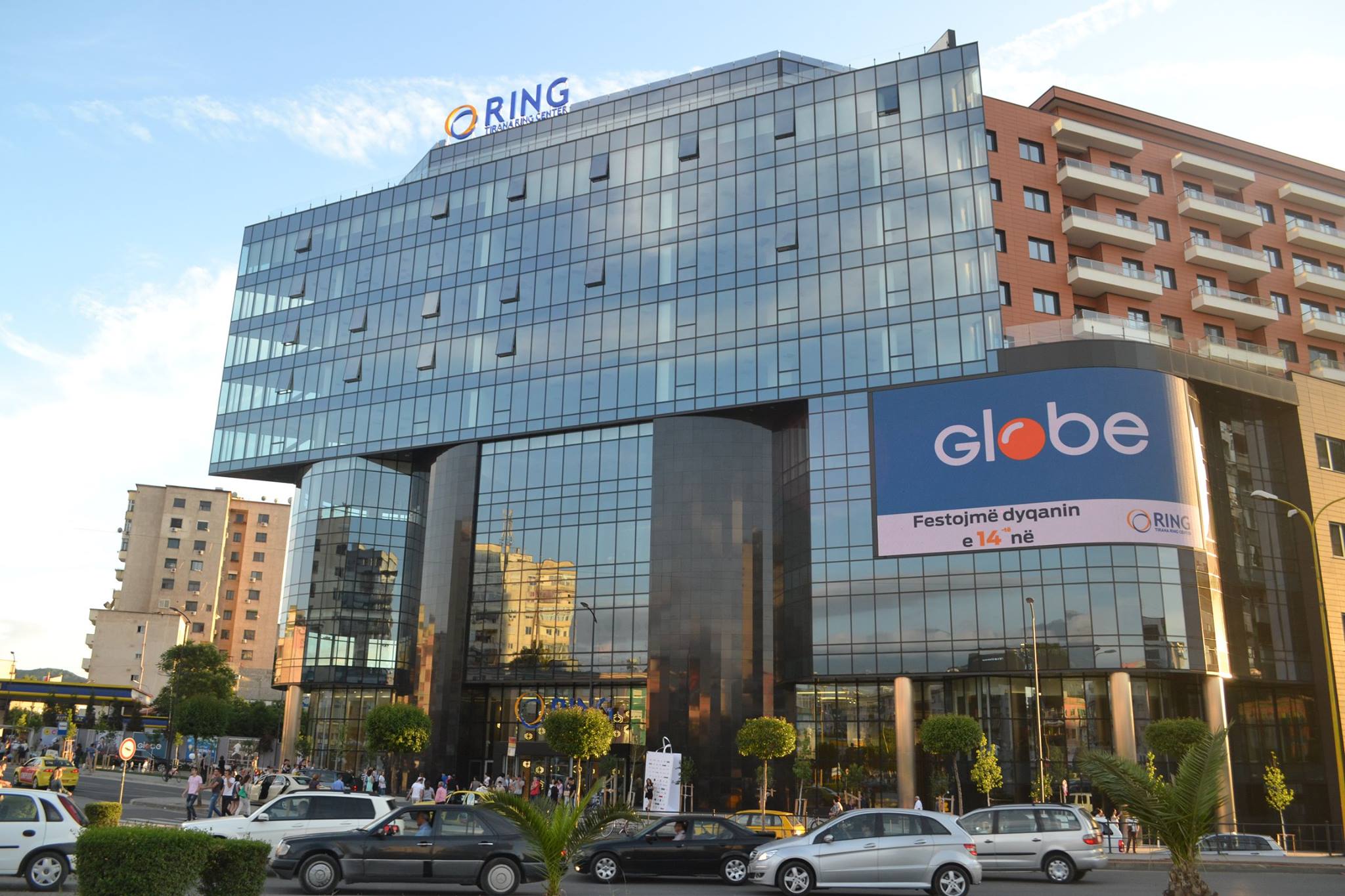
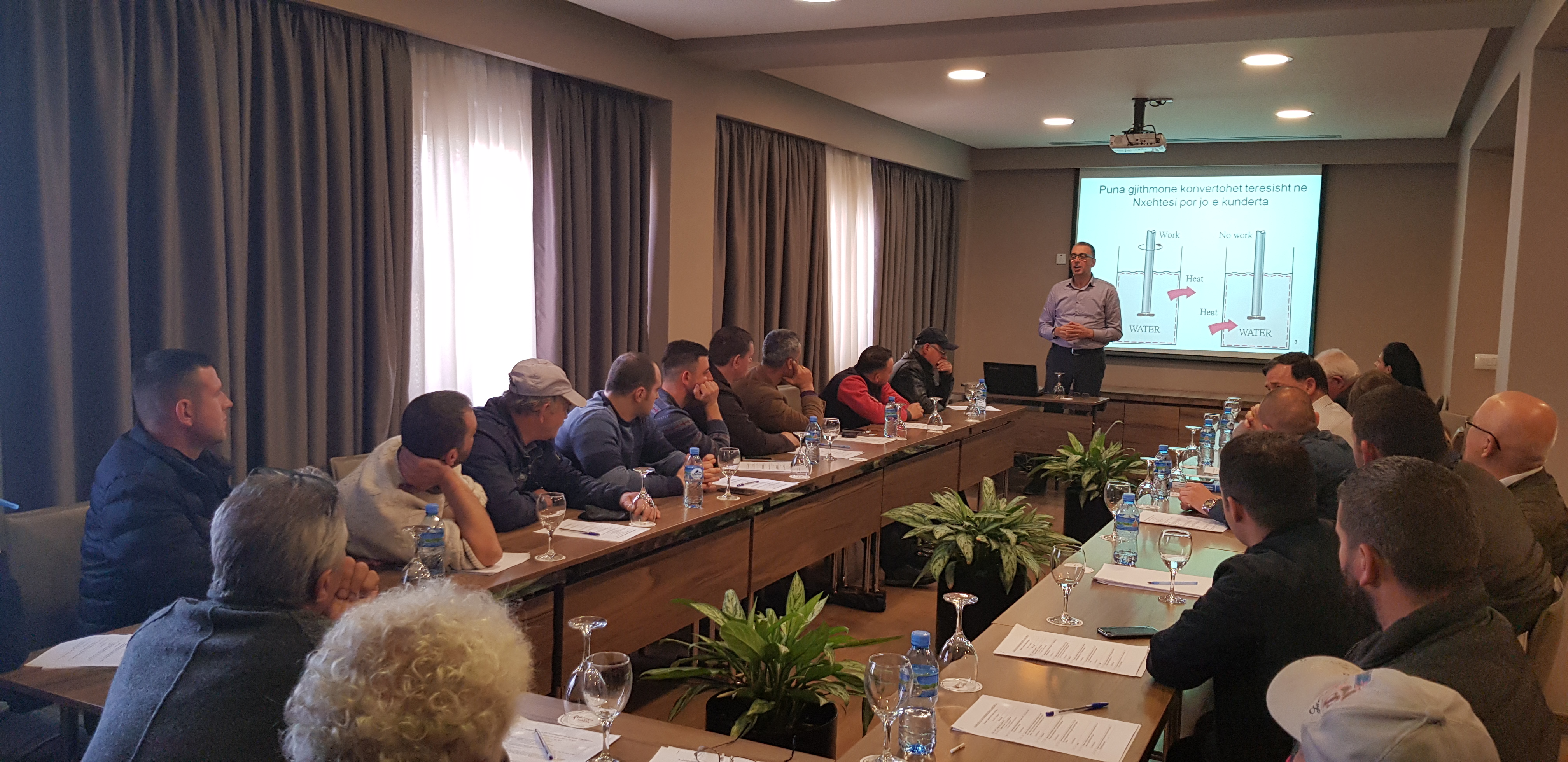
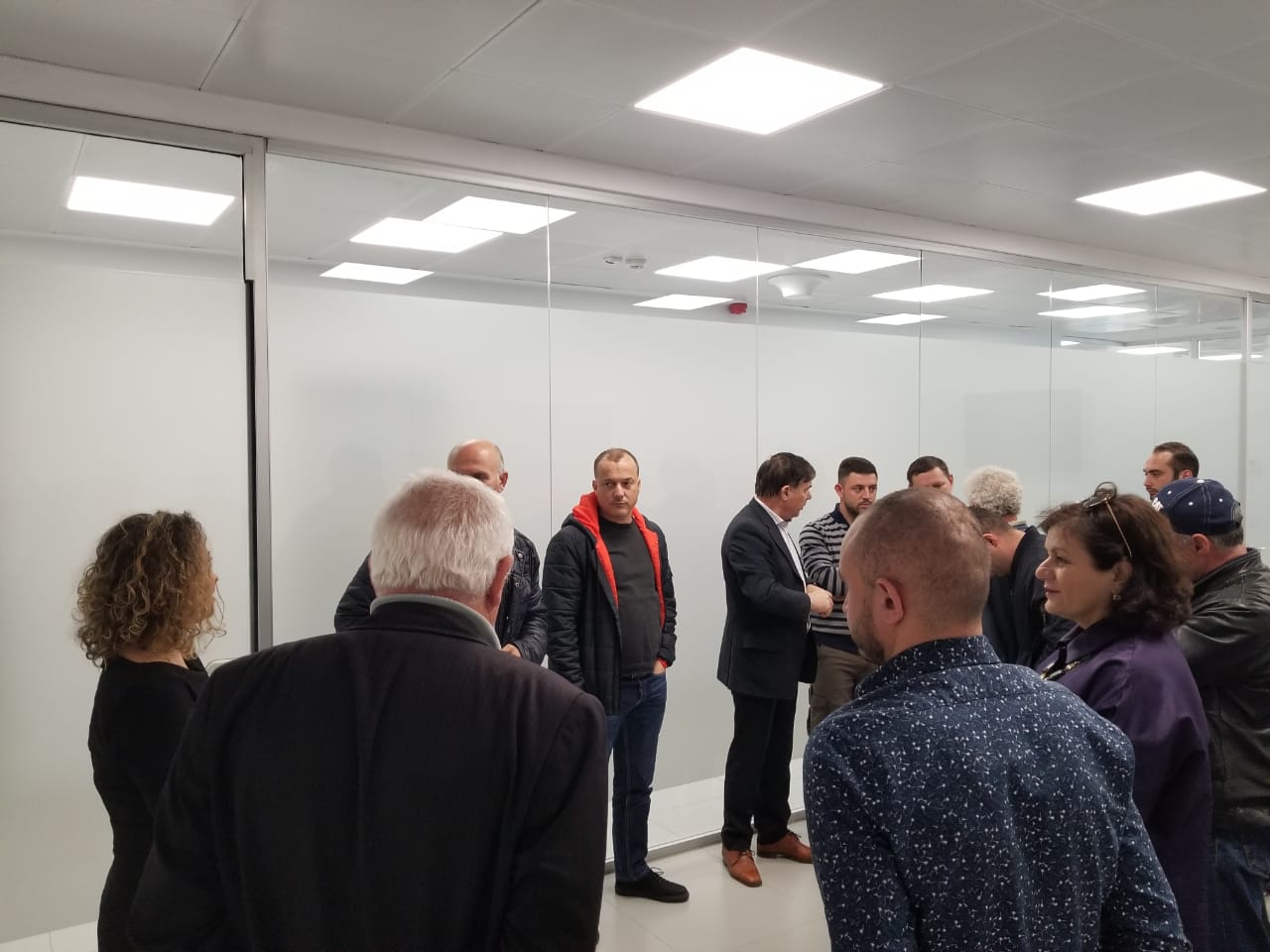
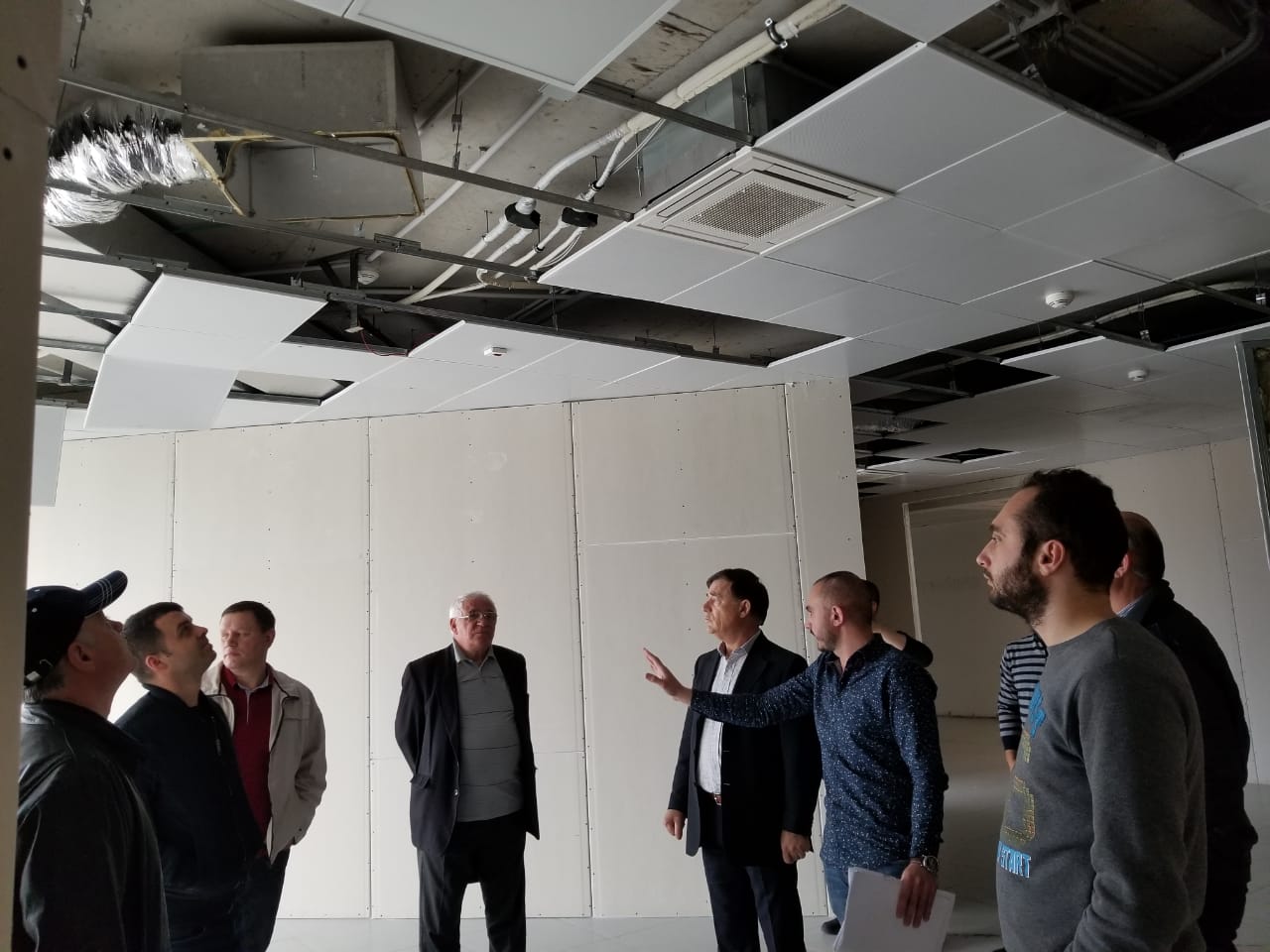
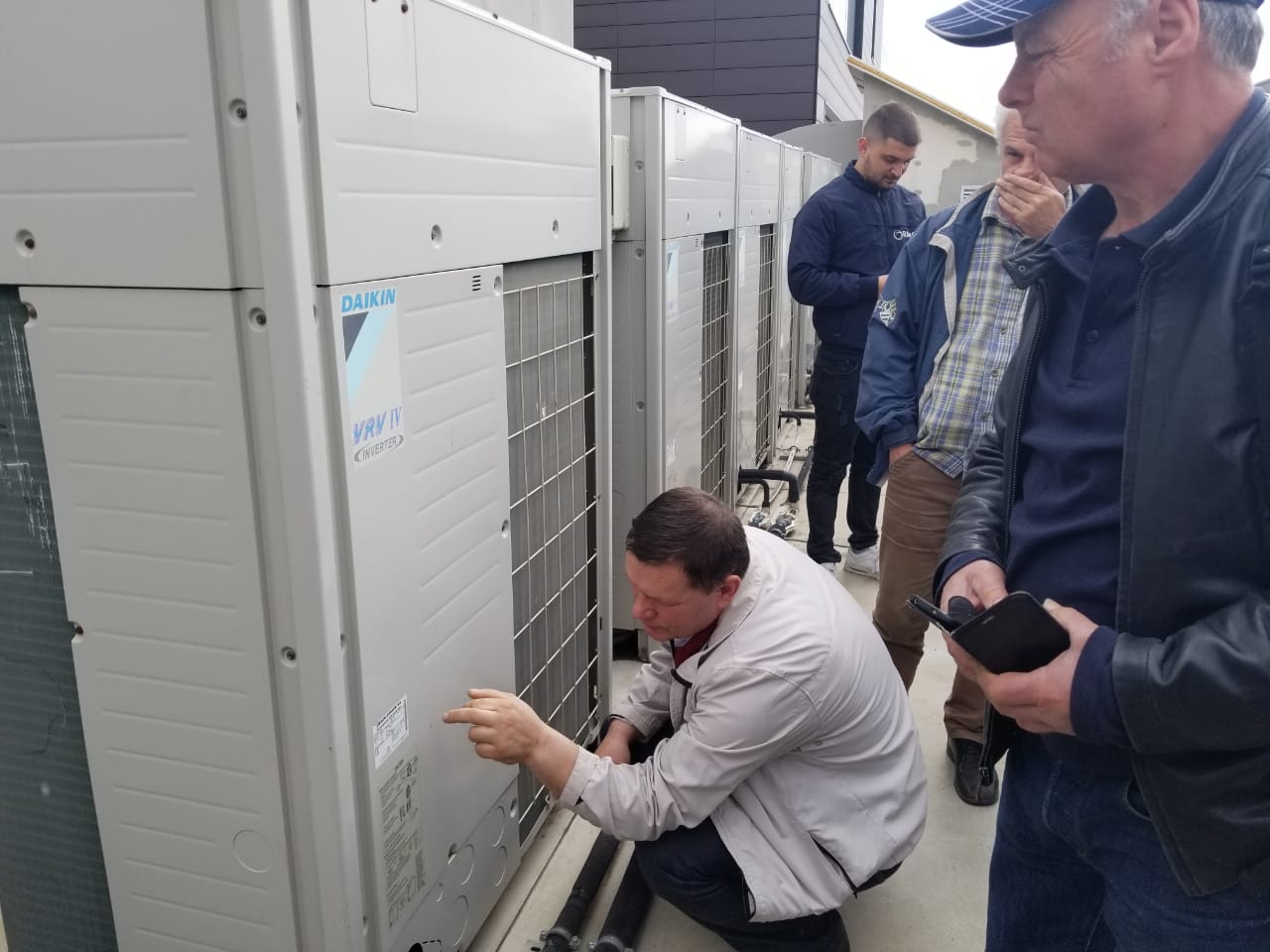
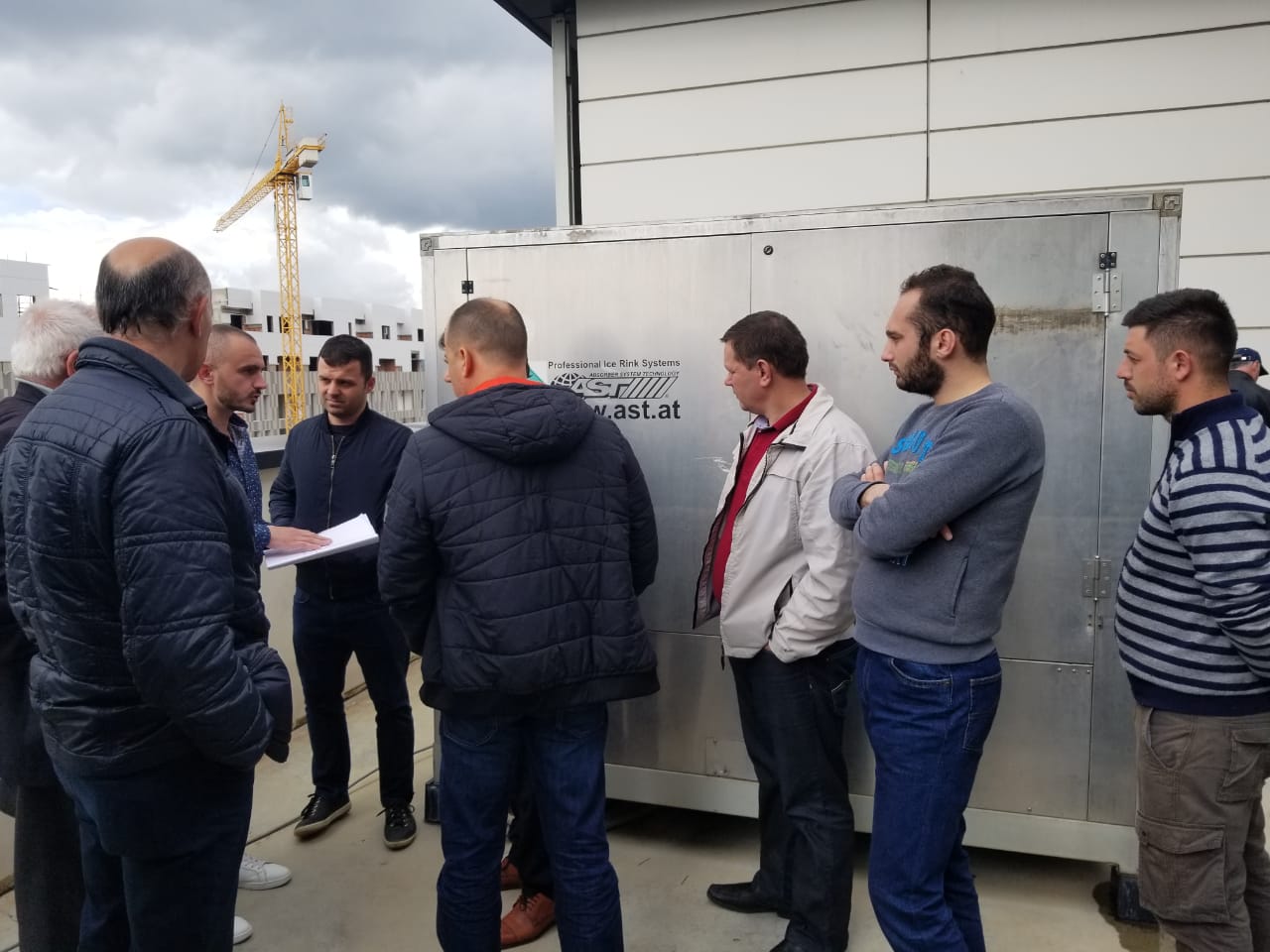
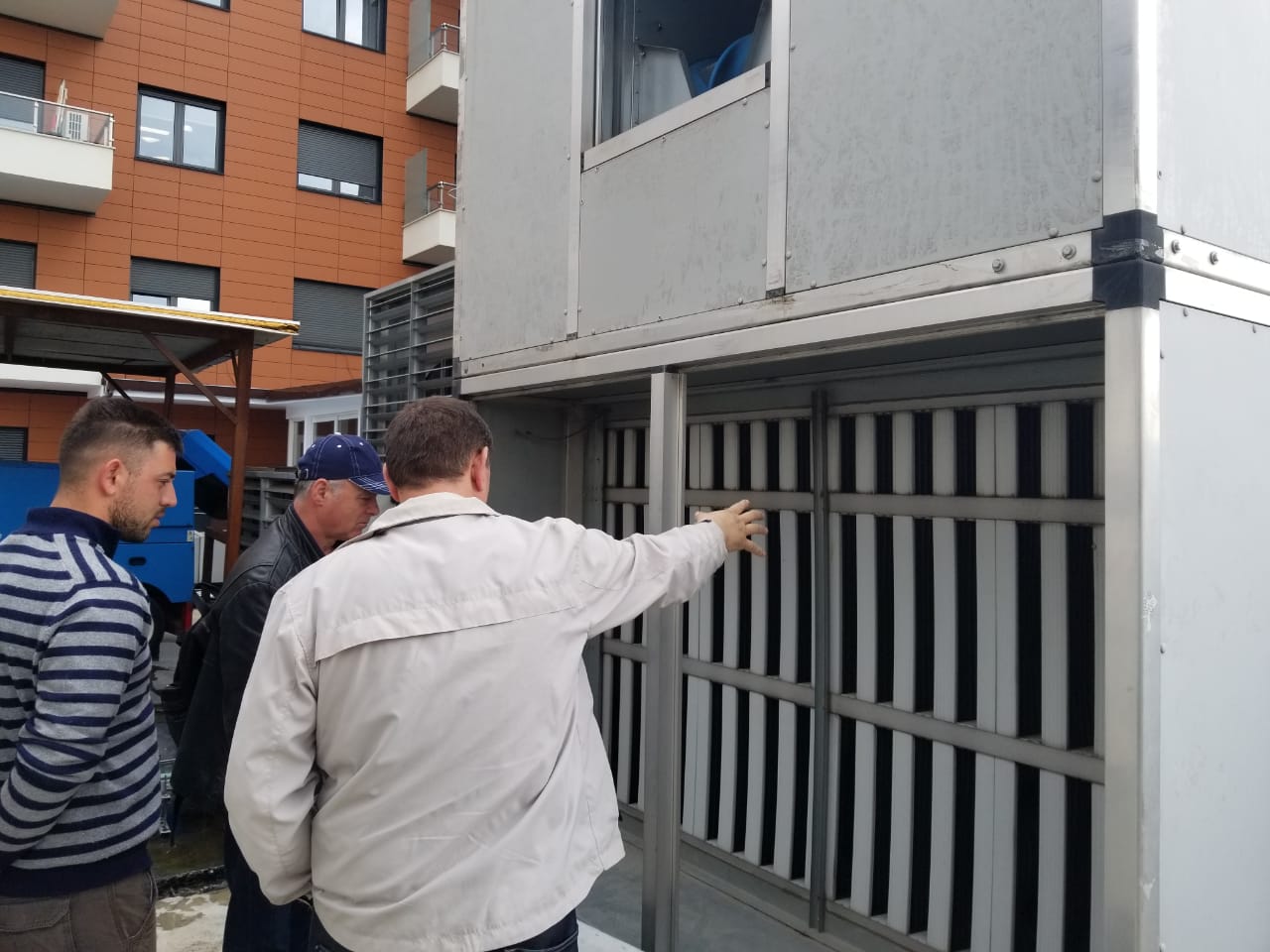

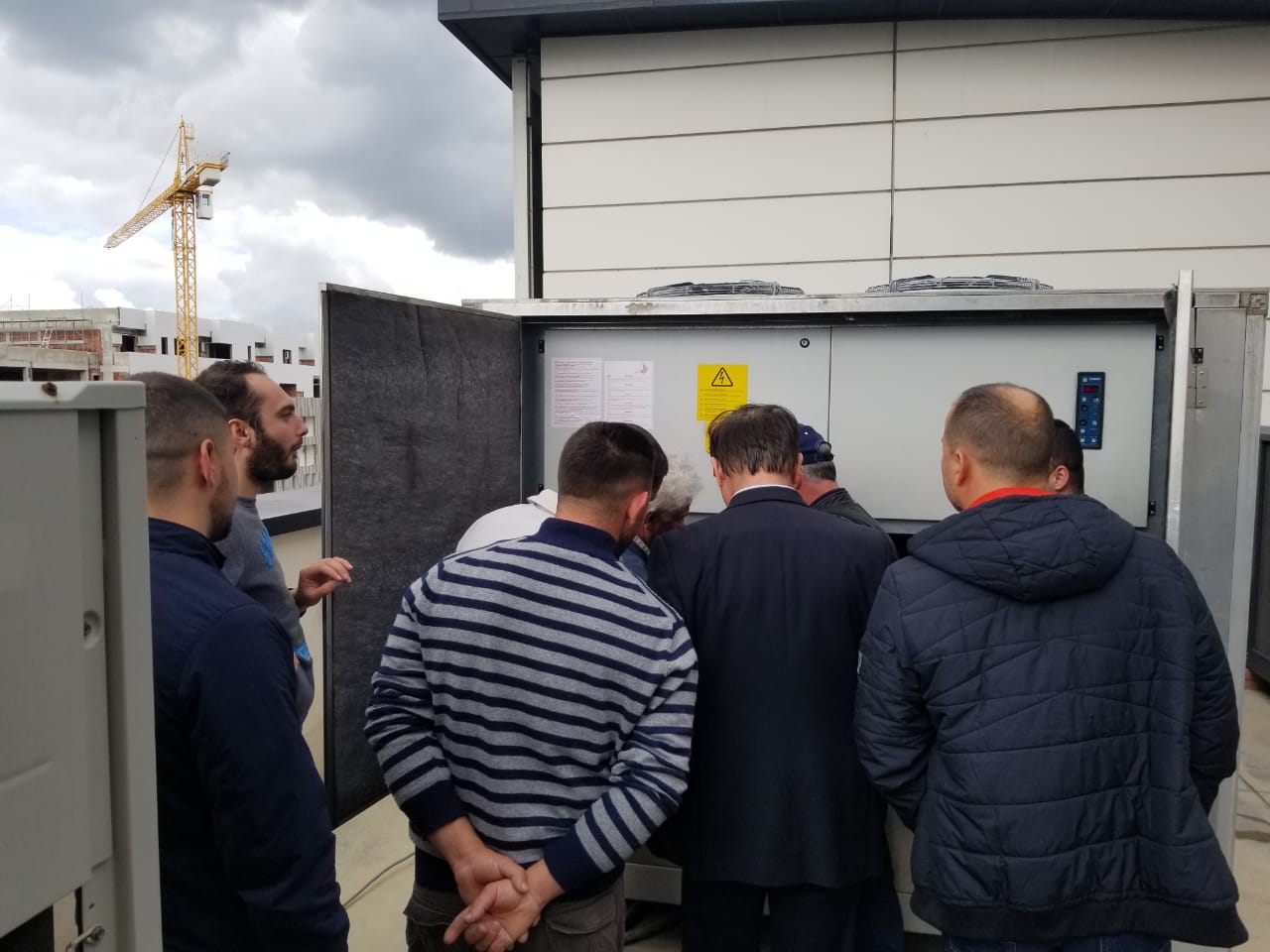
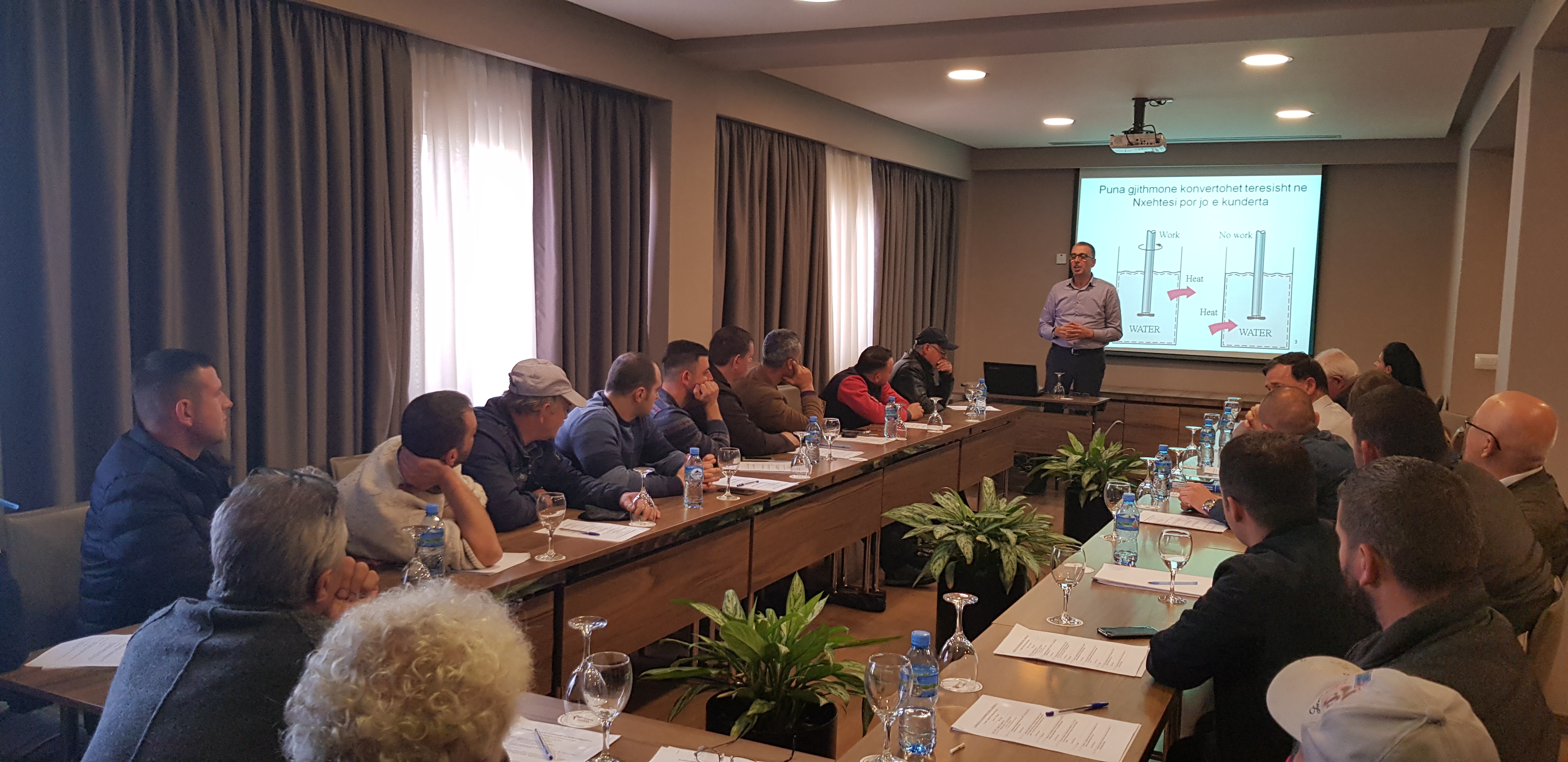
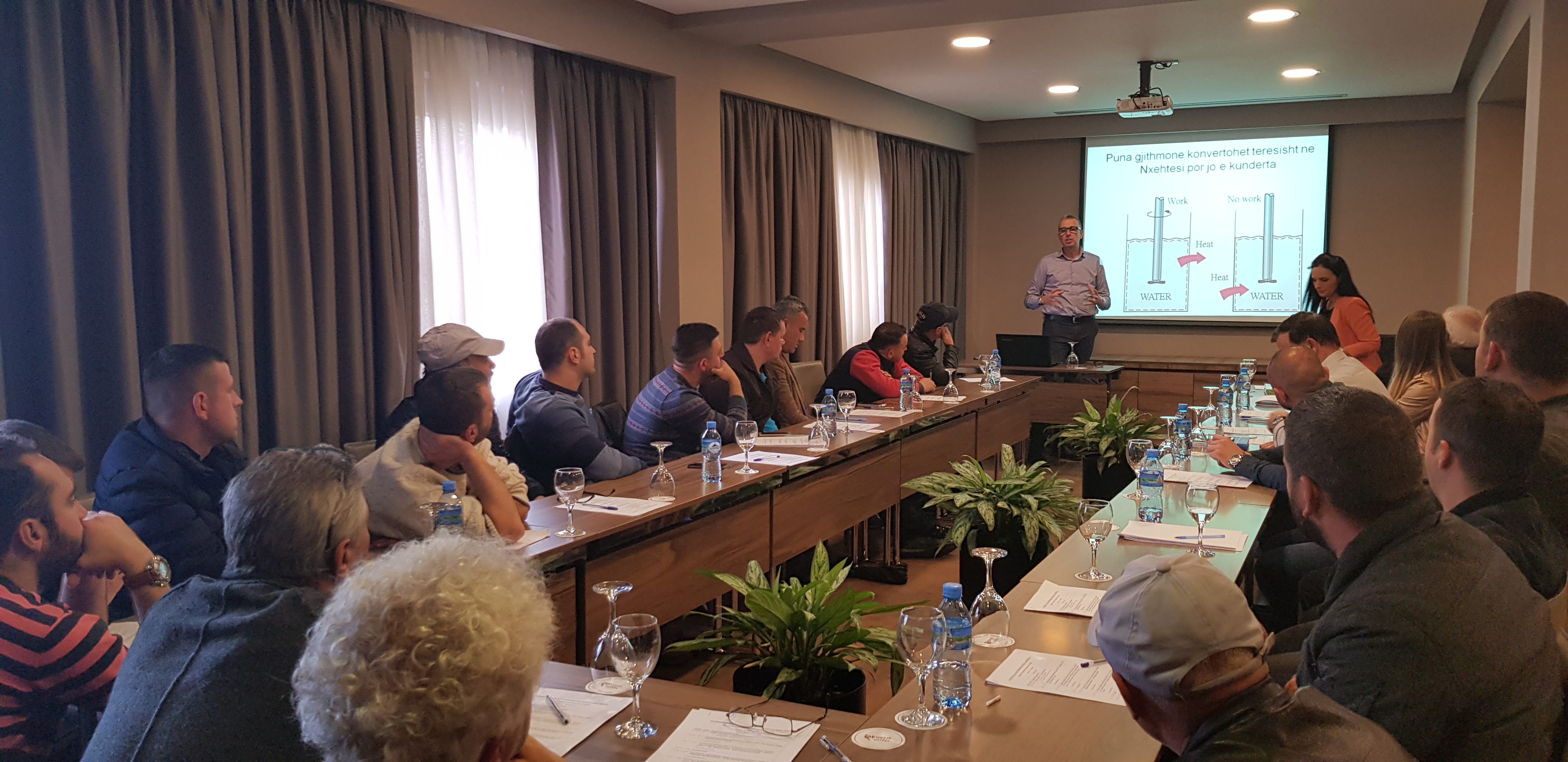
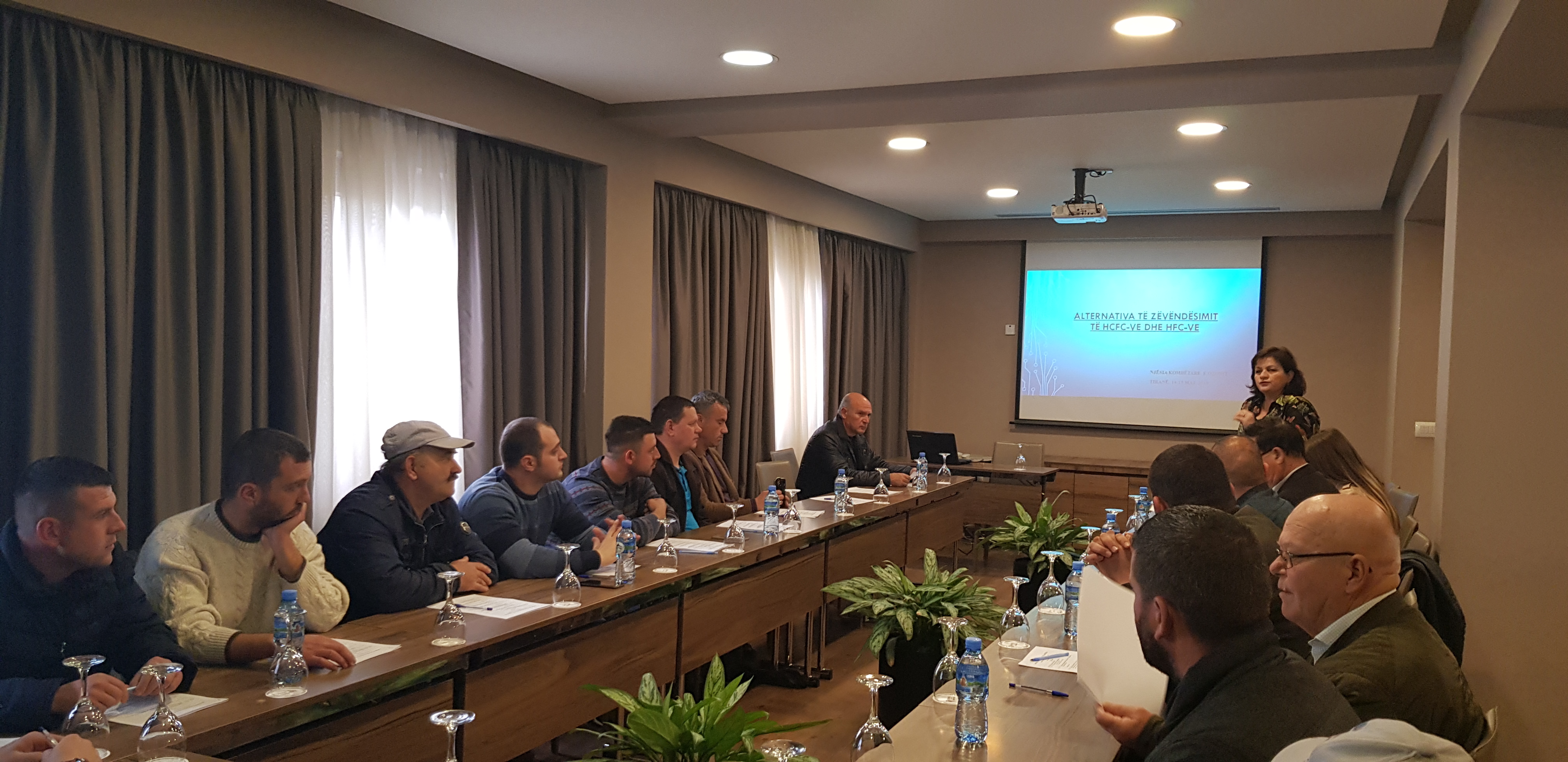
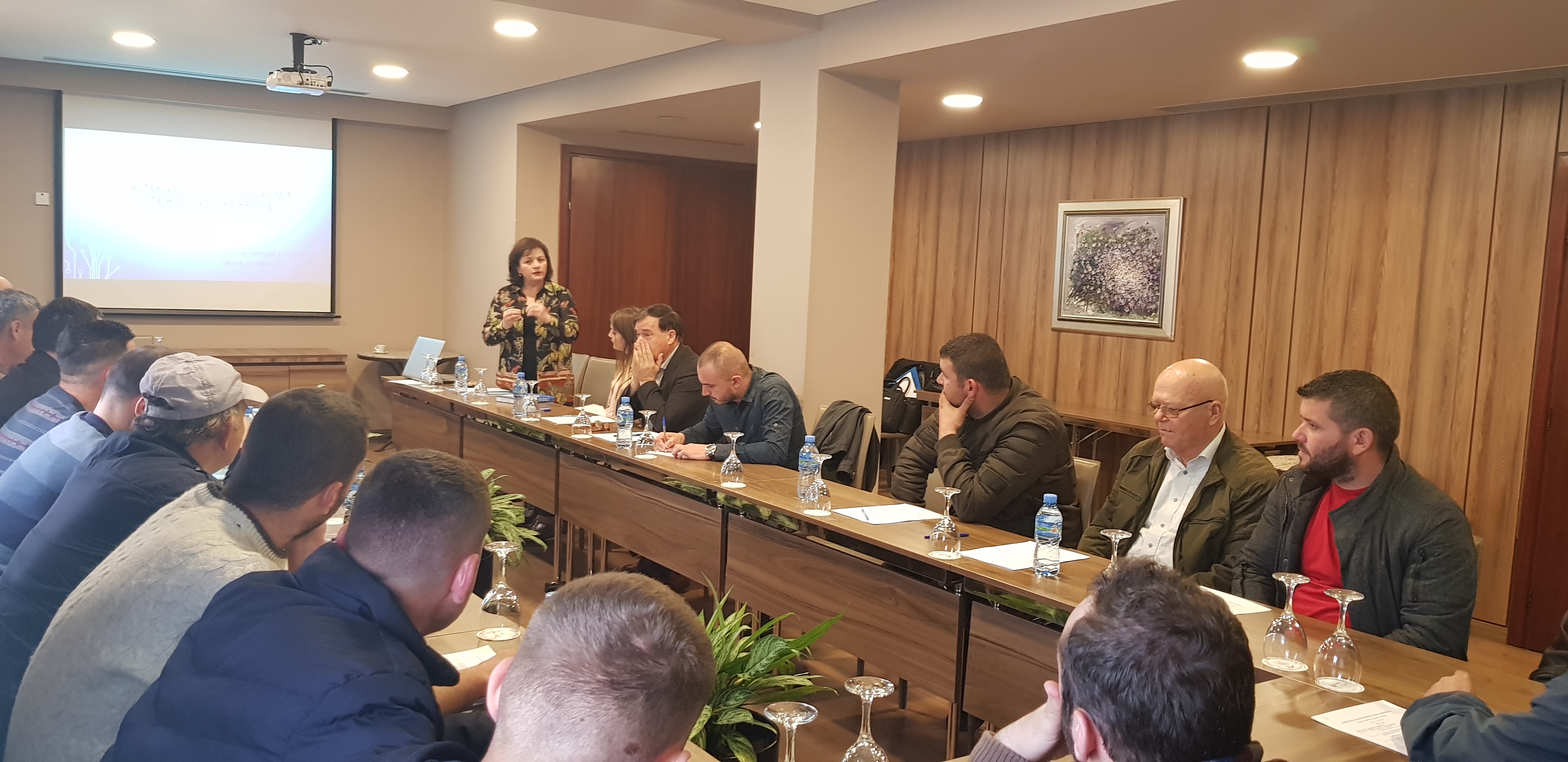
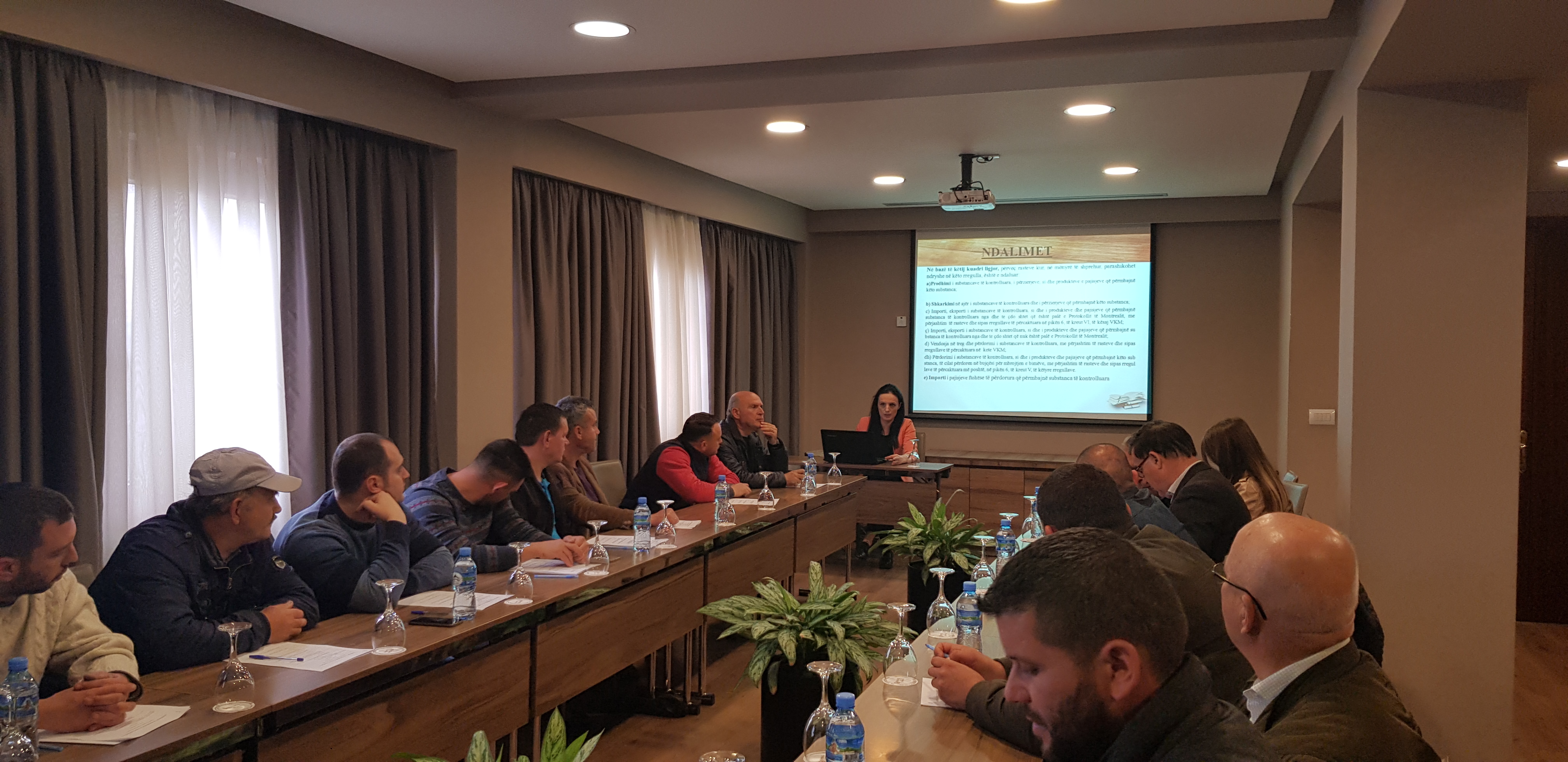
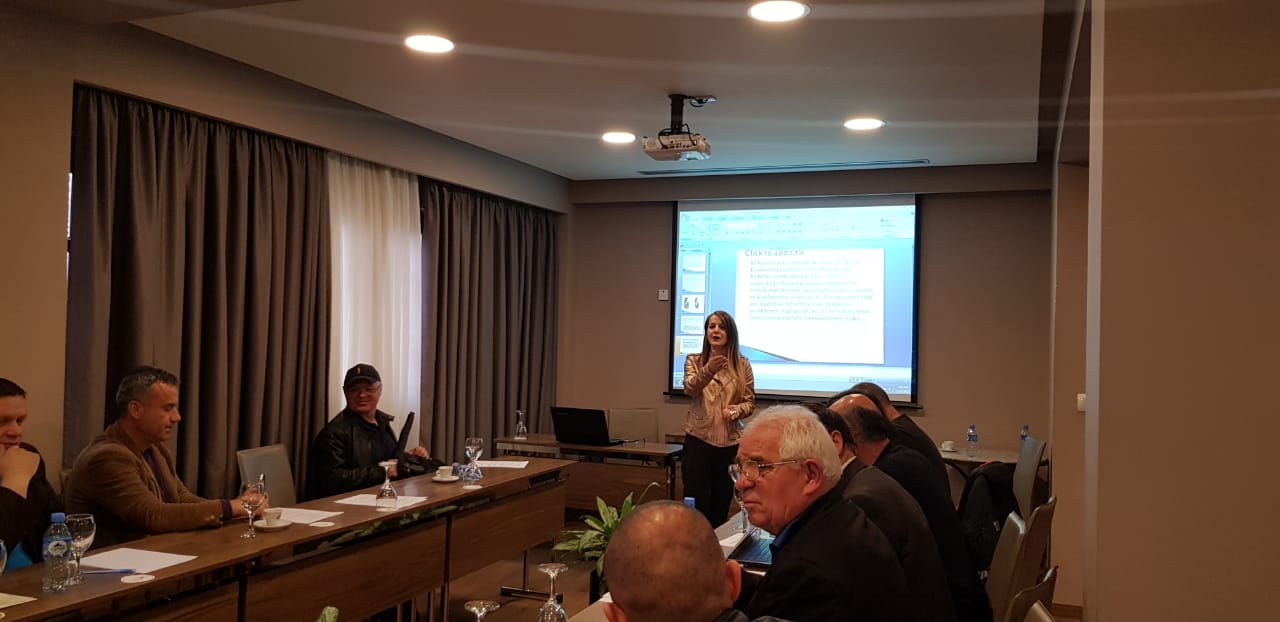

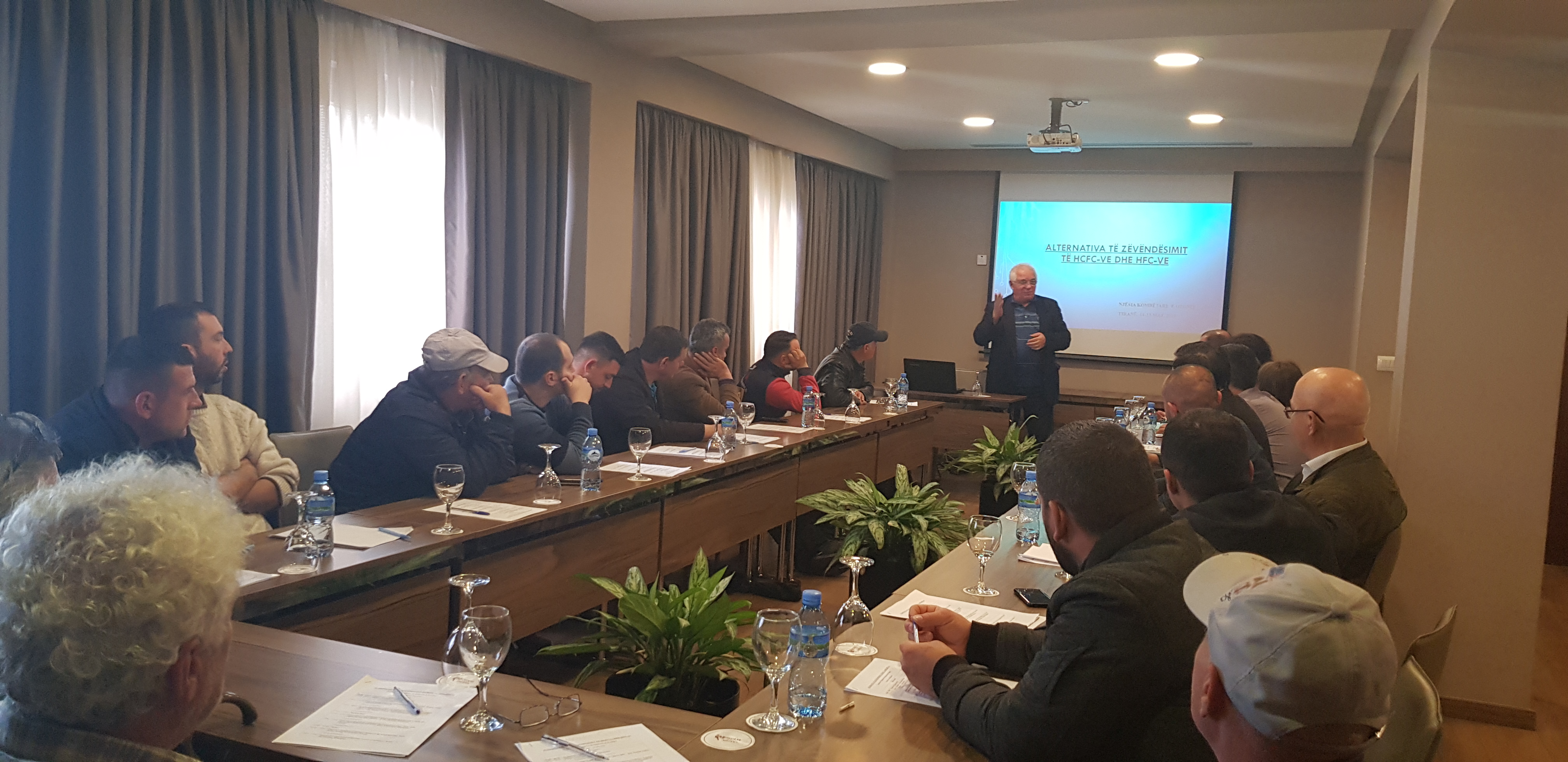

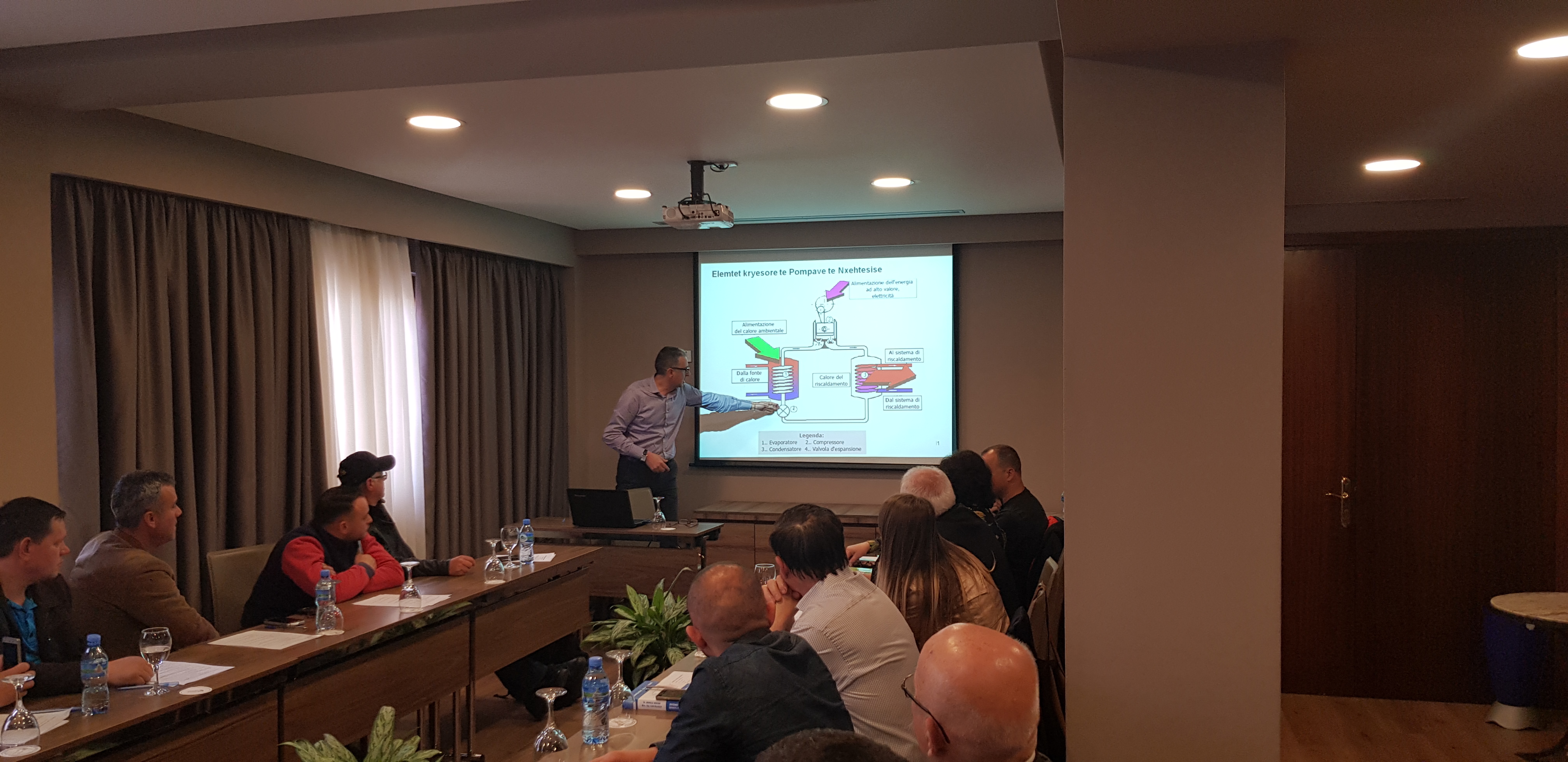
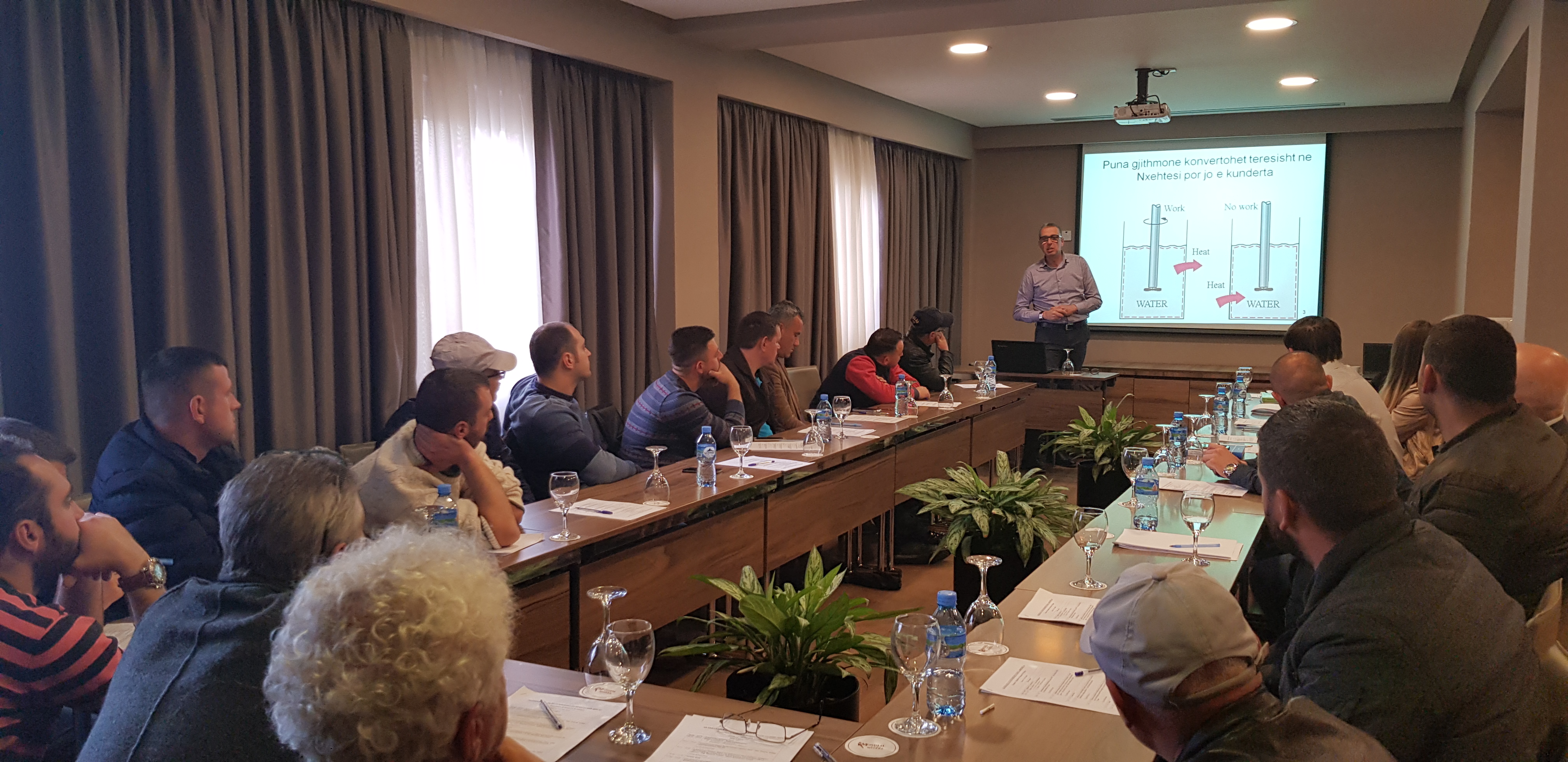
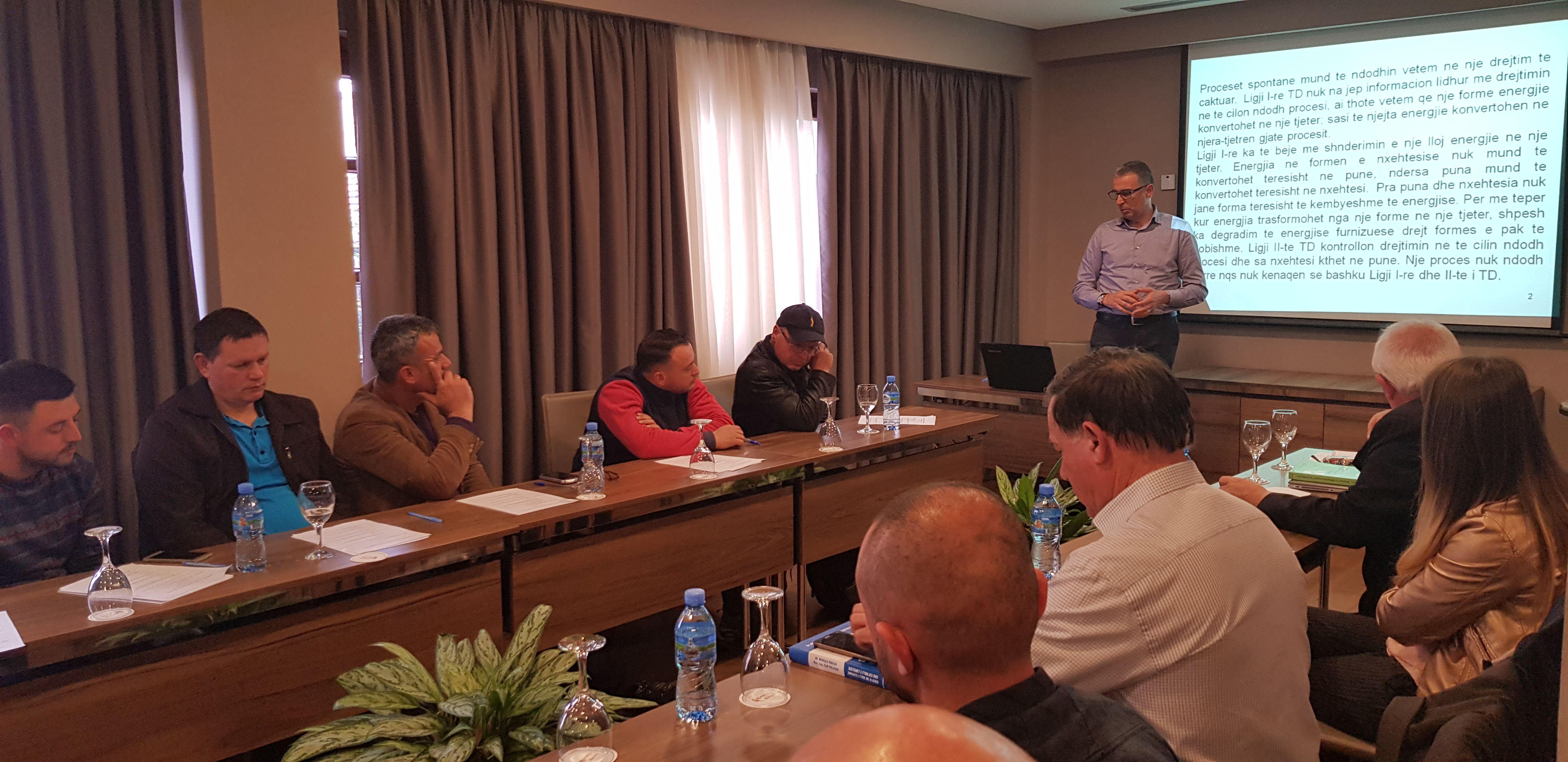
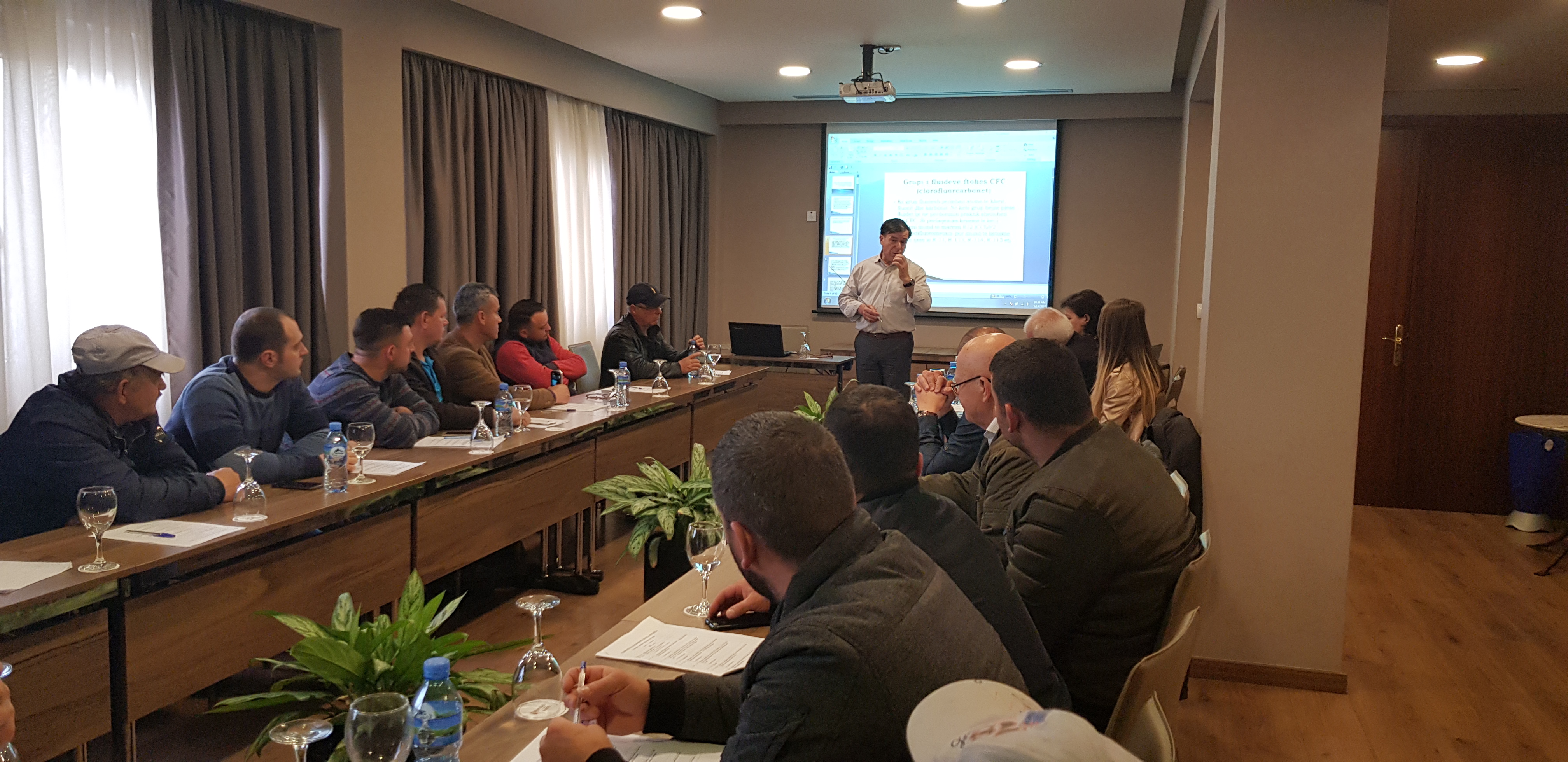
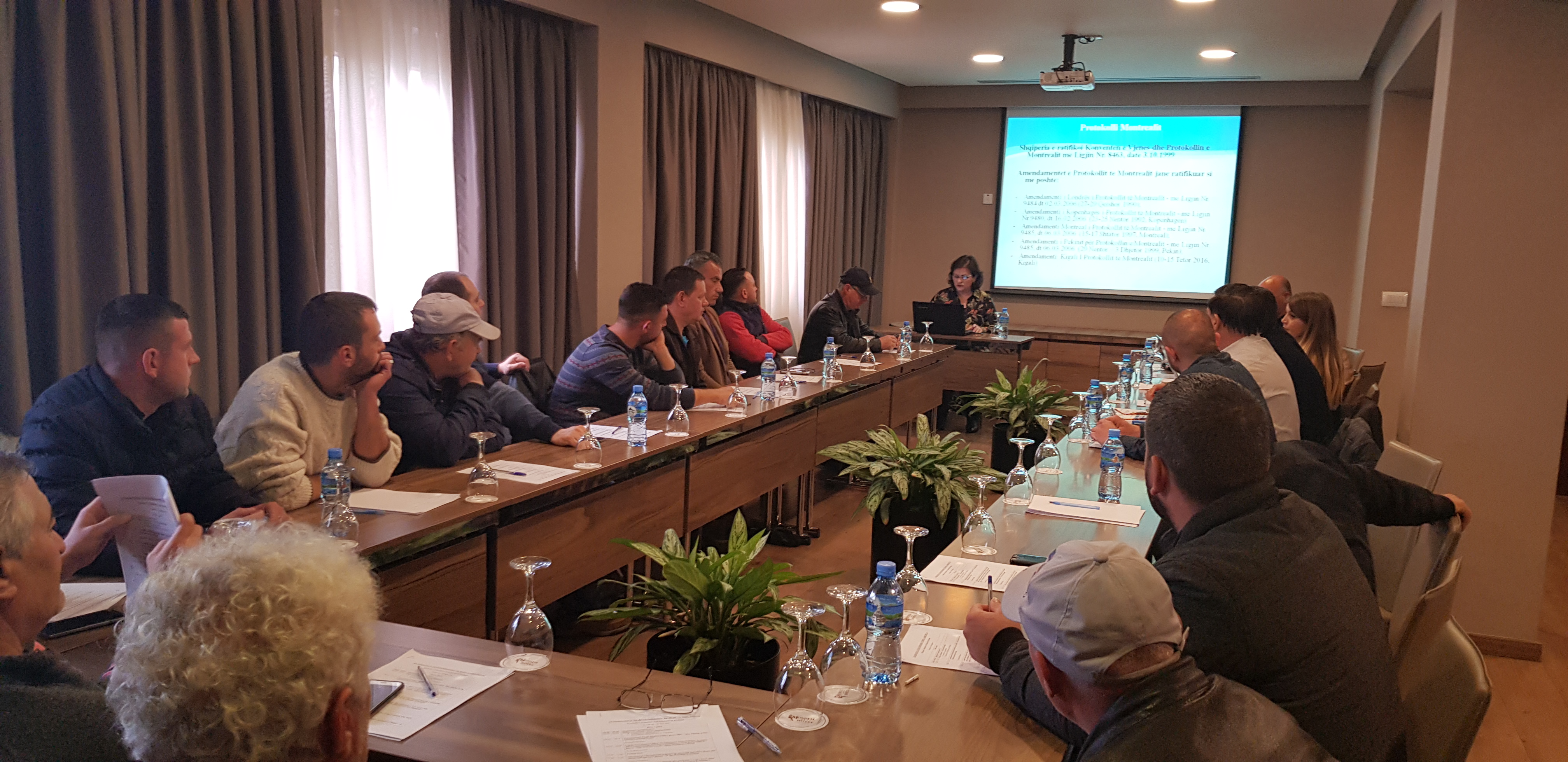
Albania is part of the HMPM project, which aims to implement activities that will help the country to meet compliance targets under the Montreal Protocol, specifically to meet a 35% reduction of the HCFC consumption baseline by 1 January 2020.
Hydrochlorofluorocarbons (HCFCs) are widely used in the refrigeration and air-conditioning servicing sector. While they do less damage to the ozone layer than CFCs, HCFCs are in the process of being phased out, under the Montreal Protocol due to their potential ozone depleting properties. In Article 5 countries, in which Albania is part, refrigeration and air-conditioning systems account for some seventy-five percent of HCFC consumption. Consequently, focusing HCFC phase-out efforts, on the servicing sector will contribute significantly to ozone layer protection.
With the purpose of improving the knowledge about the Kigali Amendment, the alternatives of HCFCs and HFCs, reducing the HCFC and HFC consumption in the refrigeration and air-conditioning, minimizing the impact of refrigeration on the environment, the National Ozone Unit organized on May 2019, a set of trainings, arranged in two different days each. The first training was organized in Tirana, the capital city and the subsequent training took place in Durres, the second largest city in Albania.
The training program of technicians on “Alternatives to HCFCs and high GWP HFCs in Refrigeration and Air-conditioning Sector” was designed as part of HPMP with the purpose to upgrade the knowledge and skills of the attendees. During the first day, on 14 May 2019, the participants have been introduced with theoretical knowledge and concepts, with the aim to improve safety concepts and enhance servicing skills. The technicians have been provided with know-how and principles on new refrigerants –properties, safety measures and safe handling of new refrigerants which lead to a reduced leakage. Energy efficiency sessions constituted a pivotal moment of this training, during which the key speakers unfolded concepts on energy-efficiency and climate benefits and contributions to climate change from air conditioners as the main energy-related contribution of air conditioners to climate change comes from GHG emissions (mainly CO2) from the production of electricity.
The second day of the training was conceptualized and organized as a site visit, in one of the facilities which has implemented modern RAC systems and which is one the most Energy efficient buildings in Albania, the “Ring Shopping Center”. The technicians have been introduced with the Modern RAC systems in use at the “Ring” Shopping Center, specifically the VRV IV and the Pilkington K- E Double Glazing, which is energy efficient and low CO2 Emissions. This specific type of glass, reflects heat back into a building, greatly improving its thermal efficiency whilst also maximizing the use of the freely available heat from the sun. This system has created a range of economic benefits related to the energy efficiency hence a lower rate of consume of energy and at the end reducing CO2 emissions. The K glass has a special low-e coating which is a good heat reflector (longwave radiation). This allows less heat to escape through the windows, and at the same time, lets the sun’s free heat (known as passive solar gain) through the windows, hence contributing to its energy efficiency.
This training workshop has been highly appreciated by the attendees, which provided a detailed feedback and evaluations.
